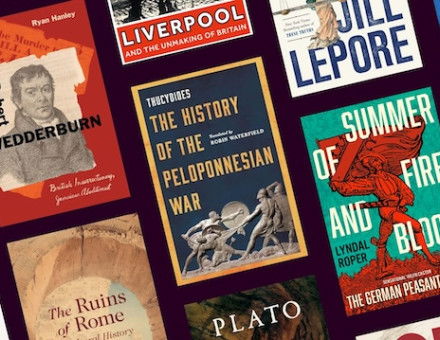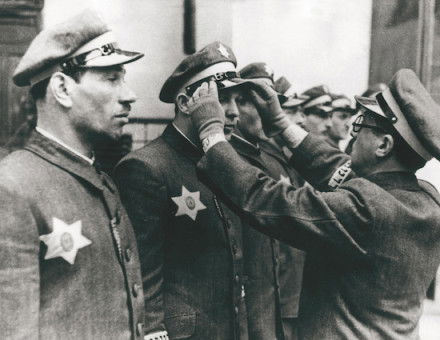The Thornton Woollen Mill, St Petersburg
Catching a tram from the less salubrious end of Nevsky Prospekt in St Petersburg and travelling southwards through suburbs, where the colourful Baroque edifices of the city centre fade to more monotonous shades of industrial grey, there is a stop just as the road bends to run alongside the river Neva. Looking out from here over the water you can see the gaunt façade of the Nevsky Manufacturing building. Eighty years ago my great- grandfather, Willie Brooke would also have done just this, but he would have known the same building only as the Thornton Woollen Mill.
In 1900, after answering an advert in the Huddersfield Examiner, Willie Brooke left his job as a wool percher and went with his wife, Lucy, and his three-year-old daughter, Nellie to St Petersburg to take up office as mill manager under the two Thornton brothers who owned the mill. He was far from the first such emigrant. The mill began operating in 1860 and the Tsarist regime had been enlisting British capital and technological resources to help develop industries in Russia throughout the nineteenth century.





